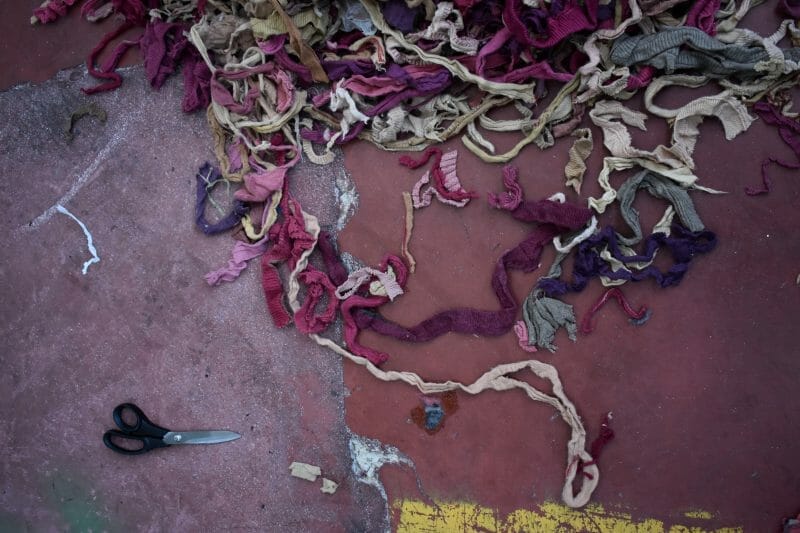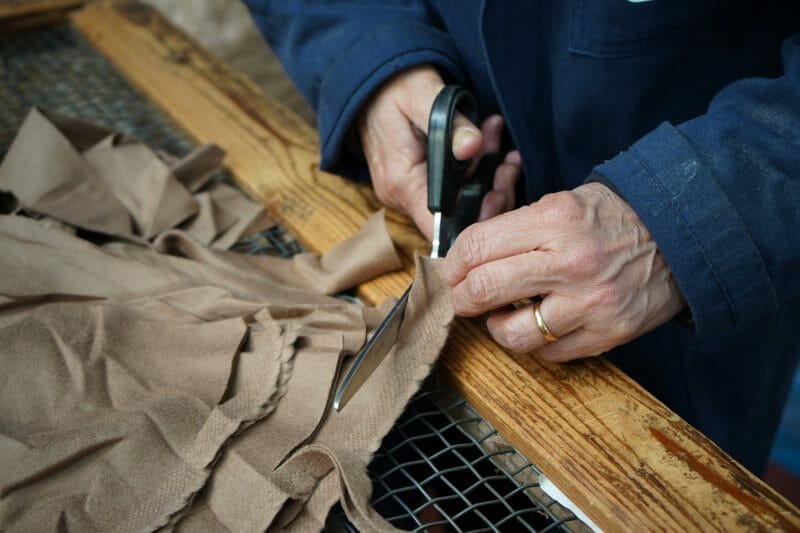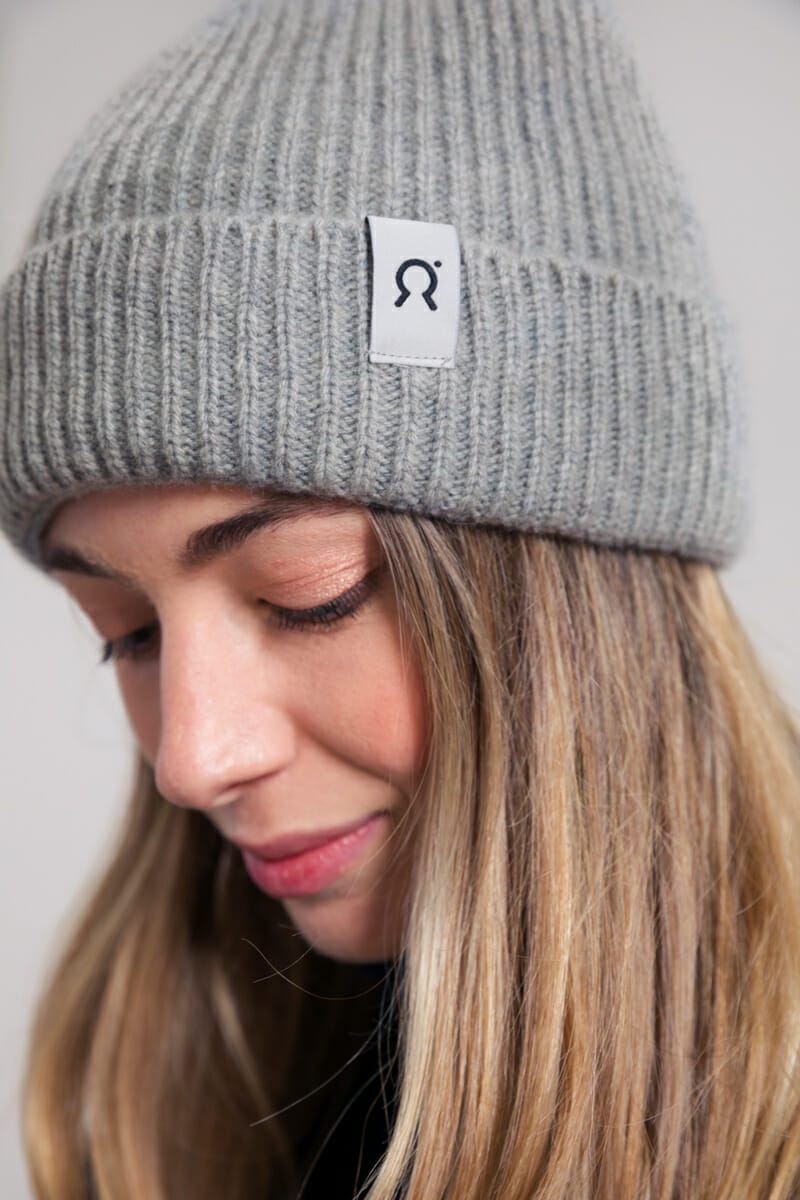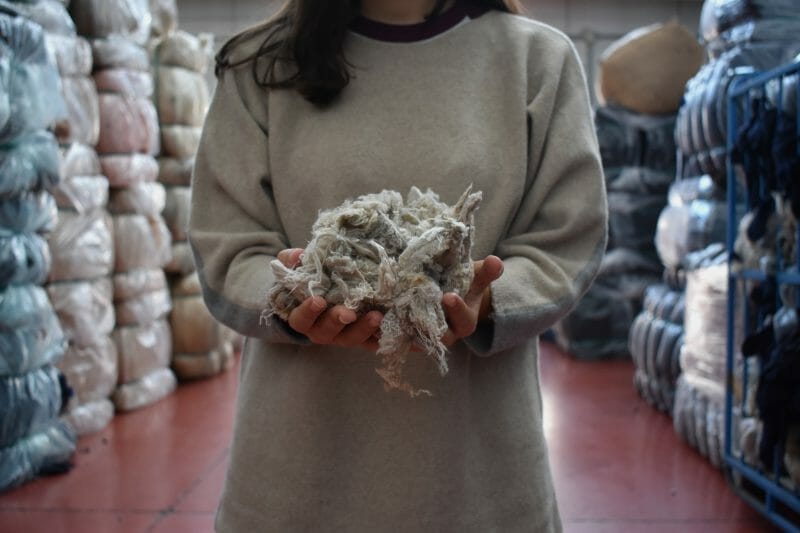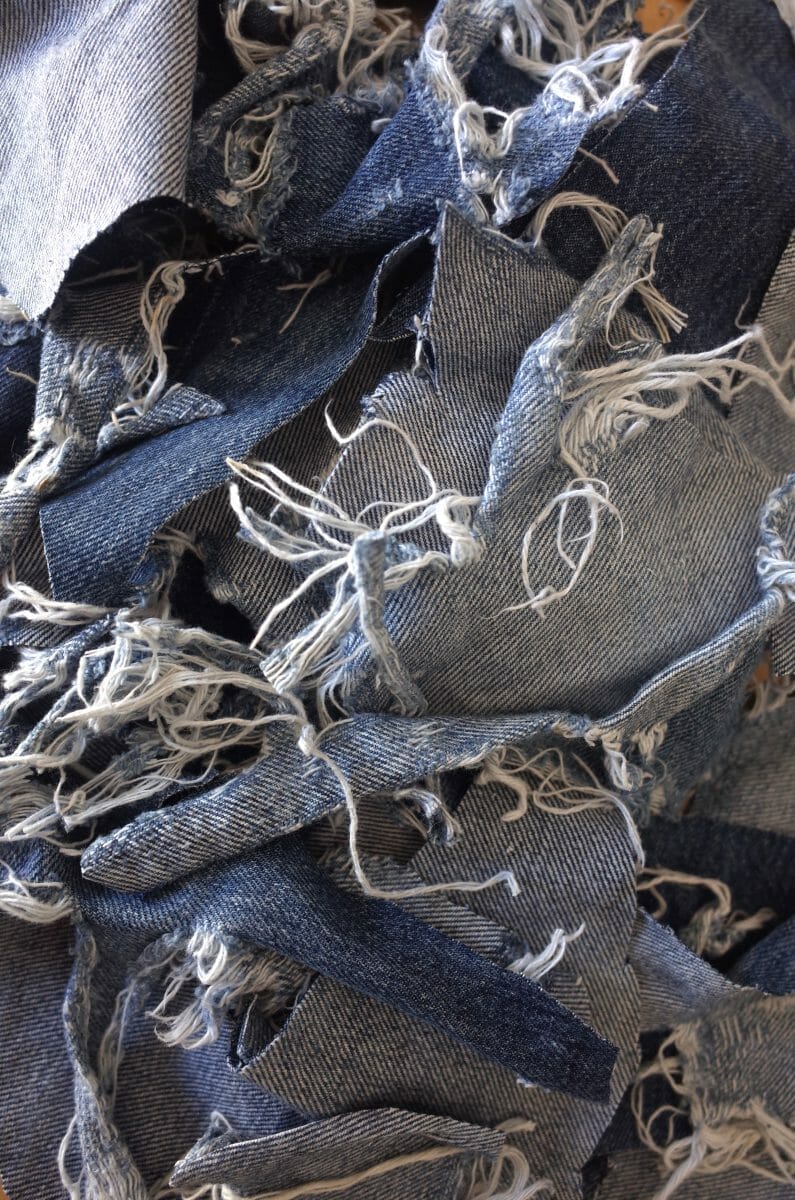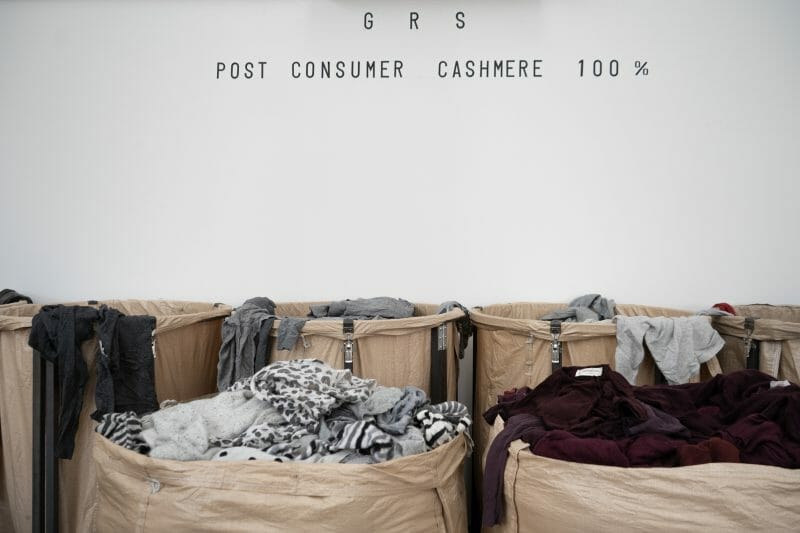RIFO’ in an interview with Niccolò Cipriani. Ethical and circular textile production
*Featured photo: Reclaimed Cashmere Fibre, copyright Rifò
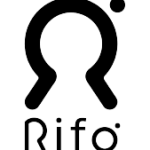
Rifò is a new circular fashion brand made in Italy, founded in 2017 by Niccolò Cipriani e Daniele Ceni.
The core concept behind this groundbreaking project is to apply circular economy principles to the textile supply chain. Industrial production leftovers are used to create new products from re-generated fibres employing mechanical and artisanal methods developed in Prato’s renowned historical textile district.
Everything is produced locally, thus supporting craftsmen working within a few kilometres of the company’s headquarters. The production is based on environmental concerns and significantly reduces the amount of water, CO2, pesticides and chemicals otherwise used in producing new materials.
In this short interview, Niccolò Cipriani tells us how Rifò came to be, the goals achieved in just a few years and the future perspectives for growth and development.
Rifò is a young brand born in 2017. Can you tell us more about its history and how the idea of Rifò came about in the first place?
Rifò was born after a working experience in Vietnam, where I witnessed, with my own eyes, the issues related to overproduction in the clothing and apparel industry and especially Fast Fashion. I thought about retrieving a historical textile process typical of Prato. I discussed my concerns about this project’s feasibility with my father and uncle, aiming at transforming textile leftovers and old clothes into a new fibre and, thus, new yarn.
Prato is a historic Italian textile district. Which role does it play in the success of your project?
Prato is crucial. Rifò aims to give value to the textile district of Prato in its
entirety, producing locally and promoting an ethical and circular economy.
Yours is a sustainable production moving outside large-scale industrial production. Can you explain further what it consists of? What are the strengths of this choice?
Our production is mainly based on recycling old garments and scraps that are transformed into new resources. In addition, with local production, we can run a lot of small productions, testing new articles and models, arriving at the end of the year with little stock that we can still value the following year.
Cashmere, cotton and reconditioned jeans. How do you source the raw materials? Are you planning to expand your production to other re-generated textiles?
Cashmere and jeans come from collections of old garments, while cotton comes from industrial waste worldwide. We would like to include new materials over time and expand the benefits of our production. For instance, we gather cashmere and jeans directly via collection points or online to make them a part of our value chain.
What is the social impact of projects like Rifò?
Its social impact is quite crucial. It is important for us to extend the benefits of our production to our local area. This is why the ‘Nei Nostri Panni’ project was born together with other bodies, benefiting our territory and the textile district.
How do you hope Rifò will grow? Any plans for the future?
I hope Rifò can grow by increasing its impact while maintaining its values of quality, sustainability and responsibility.


